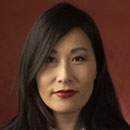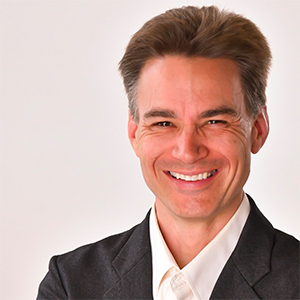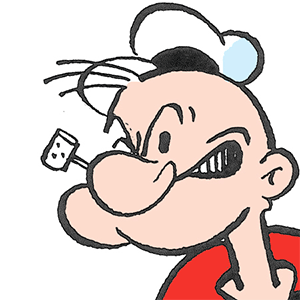A Picasso pilgrimage
Pablo Picasso was the most famous and -- OK, I'll say it -- greatest artist of the 20th century. Before he was 30, Picasso had revolutionized the art world. And that was just the beginning.
A Spanish expatriate, co-creator of cubism, and devoted womanizer, Picasso left an amazing legacy in his wake. In the course of his long life (he died in 1973 at 91), Picasso moved from Spain to Paris to the south of France. Every locale that he called home has claimed him as a native son, with museums big and small devoted to his masterpieces.
You don't have to admire Picasso's lifestyle or like his modern painting style to appreciate the sheer vitality and boundless imagination of this hardworking man. While you can see his artwork in museums around the world, it's especially meaningful to view them in the European cities where he lived, loved, and created. Here are my picks.
Museu Picasso, Barcelona, Spain
The years Picasso spent in Barcelona -- from age 14 to 23 -- were formative. Wide-eyed and inexperienced, the young Pablo fell in with a bohemian crowd that mixed wine, women, and art. Previously, he had trained at a conventional art school, where he painted by-the-numbers reality. But in vibrant Barcelona he felt the freedom to give in to his creative, experimental urges.
The excellent Museu Picasso is rich in the artwork from this time, when Pablo was finding his artistic voice. It is the top collection of Picassos in his native country, and the best anywhere of his early years. Drawings, paintings, and even some late ceramics are presented in five interconnected medieval townhouses in the funky-chic El Born neighborhood.
Because the museum is one of Barcelona's top sights, there's almost always a line. To avoid the queue, buy tickets online in advance (www.museupicasso.bcn.cat) or get the sightseeing pass called Articket BCN (www.articketbcn.org).
For extra credit, drop by the nearby El Quatre Gats restaurant. Picasso, who often caroused here with friends, designed the cover art still used on the menu and had his first one-man show at the restaurant in 1900.
Musee National Picasso, Paris
Picasso moved to the City of Light in the early 1900s. At his studio in Montmartre, he and his neighbor artist-friends lived in poverty so dire they often didn't know where their next bottle of wine was coming from.
Too poor to pay for a model, Picasso sketched his girlfriend. He drew her body from every angle, then experimented with showing several different views on the same canvas. A hundred paintings later, Picasso gave birth to a canvas called "Les Demoiselles d'Avignon" (1907) and a bold new style -- cubism.
The art world would never be the same. And neither would Picasso's artwork. A restless innovator, he just kept changing with the times. But even while Picasso explored multiple artistic "languages," he always kept a grip on reality. His favorite subject was people. The anatomy might be jumbled, but all the parts are there.
The comprehensive collection at Paris' Musee National Picasso is drawn from pieces Picasso loved so much that he couldn't bring himself to sell them -- many were still in his possession when he died. Picasso's heirs donated works they owned or inherited in a complicated gift to the French state to avoid taxes -- and voila! -- the museum was born. Housed in a grandiose 17th-century Marais building, it's one of the most popular museums in the city. Get a Paris Museum Pass (www.parismuseumpass.com) or a timed-entry reservation to skip the line (www.museepicassoparis.fr).
Musee Picasso, Antibes, France
Picasso left dreary Paris (and his first wife) after World War II for the south of France. By now an established artist, Picasso was enjoying worldwide fame, the company of women half his age, and a healthy bank account. His Riviera works set the tone for the rest of his life -- they're sunny, lighthearted, and uninhibited.
There are several small Picasso museums in southern France, but I recommend the one in Antibes. Picasso lived in the nearby countryside just after moving south, and for about two months he used the museum's medieval building, the former Chateau Grimaldi, as a studio.
Bursting with pent-up creativity and happiness (the war was over and he was in love), Picasso was prolific. In gratitude, he donated 23 paintings and 44 drawings to the town's museum, putting Antibes on the tourist map (www.antibes-juanlespins.com).
Picasso never returned to his homeland, keeping his vow never to set foot in Spain while the fascist dictator Francisco Franco was in power (Franco outlived him by two years). Pablo died in France, brush in hand. To the end, he continued exploring and loving life through his art.
========
(Rick Steves (www.ricksteves.com) writes European travel guidebooks and hosts travel shows on public television and public radio. Email him at rick@ricksteves.com and follow his blog on Facebook.)
(c)2015 RICK STEVES DISTRIBUTED BY TRIBUNE MEDIA SERVICES, INC.










Comments